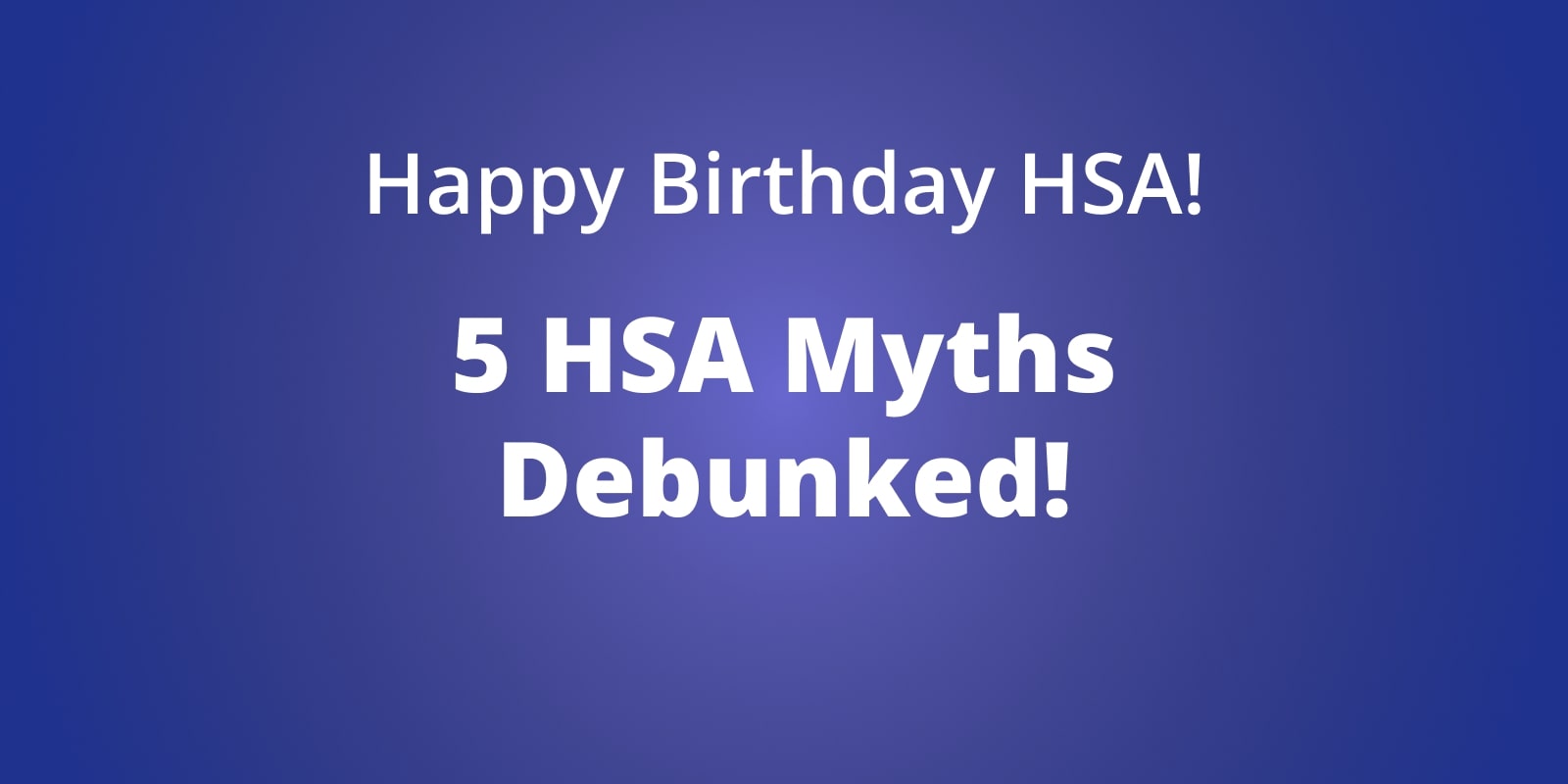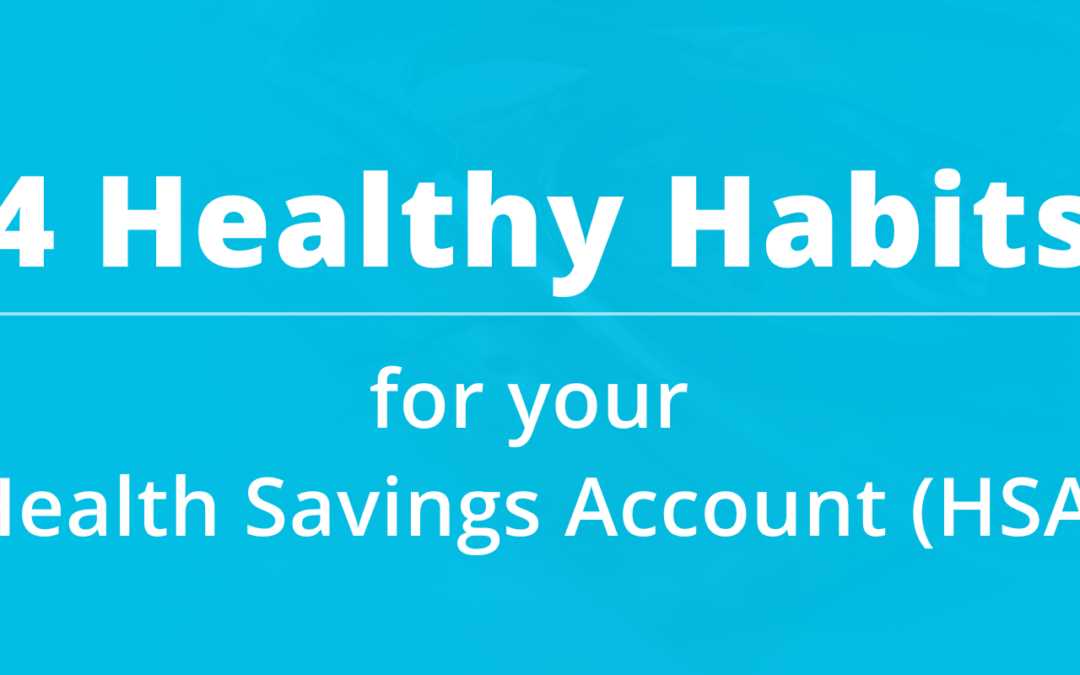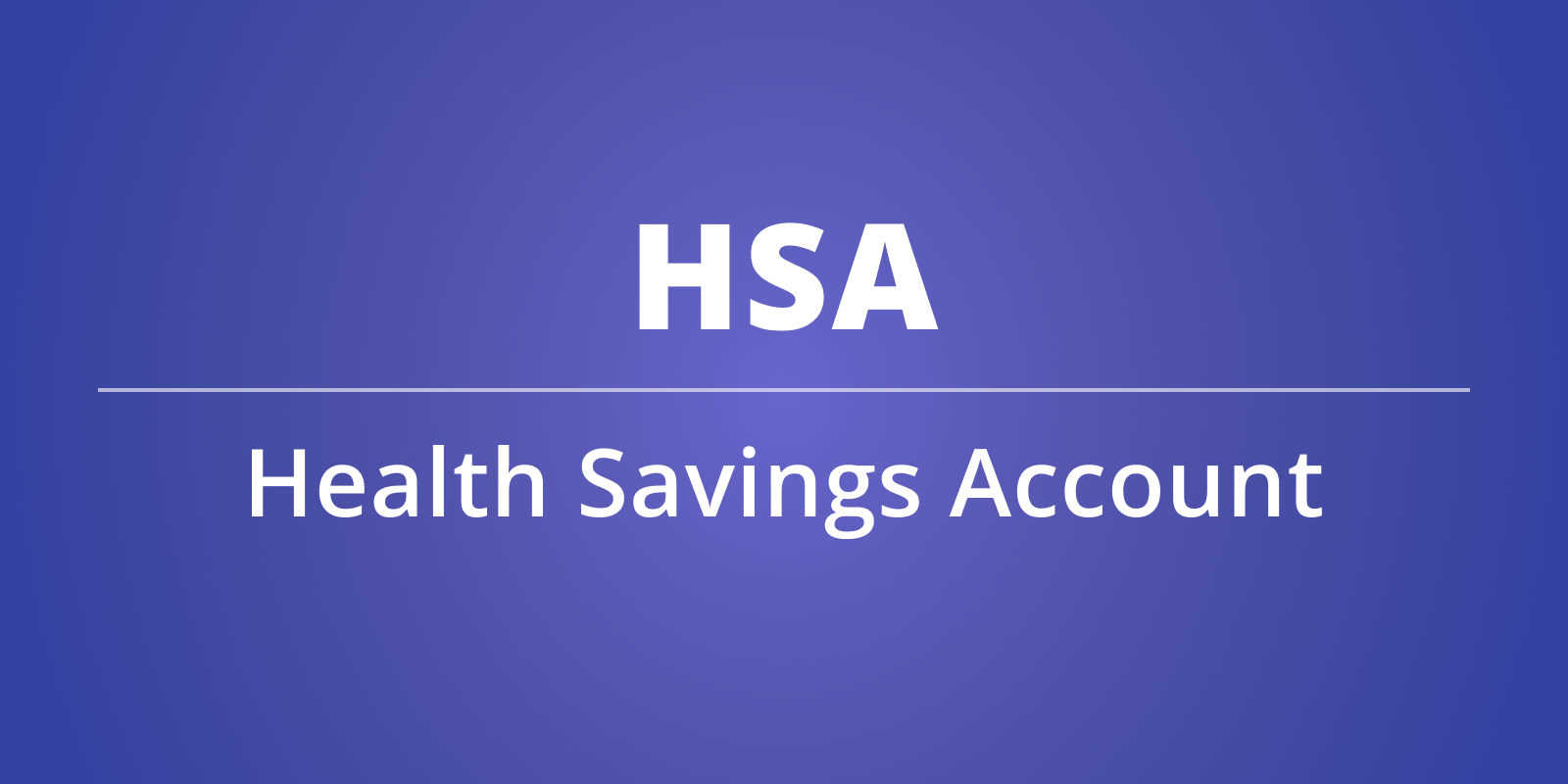The health savings account (HSA) turns 18 years old this December! HSAs were established into federal law by the Medicare Prescription Drug Improvement and Modernization Act of 2003 and were designed to help people save for future health care expenses. While the HSA rises in popularity with employers and their employees each year, many confusing myths exist. Unfortunately, these misunderstandings could stop your employees from signing up for an HSA and taking advantage of the numerous benefits of the account. In honor of the HSA’s 18th birthday, we’re going to debunk a few of those myths:
Myth #1: Your HSA Money is Use or Lose
HSAs are often confused with the Flexible Spending Accounts (FSAs) because they sound similar and are both represented by acronyms. FSA funds typically expire by December 31st of a calendar year and are lost if not used. However, the money you or your employees contribute to your HSA is your employees’ to keep permanently and rolls over year after year. They can use the funds to pay off their medical expenses today or save them for future retirement medical expenses. Just remember, the S in HSA stands for savings, but the S in FSA stands for spending.
Myth #2: It’s Just a Medical Spending Account
A majority of employees use their HSA dollars to pay for qualified medical expenses as they occur and don’t realize the full potential of their accounts. Explain to your employees the benefits of using their accounts as a long-term retirement investment vehicle so they minimize unnecessary spending of their hard-earned dollars when they could be investing it for their future retirement. At SavingsOak, we make it easy to start investing with a novel HSA Rewards Program that incentivizes your employees with shares of stock at essential milestones: 1). when they enroll, 2). when they make their first pre-tax contributions 3). and when they begin investing. Your employees start investing from day one and learn to take hold of their financial futures.
Myth #3: HSAs are Complicated and Hard to Understand
Even though anything healthcare-related can be complex–HSAs are an easy way for your employees to save pre-tax money for qualified medical expenses. A straightforward example your employees can relate to is buying prescription medications. When they use their HSA to make that purchase, they get an immediate, significant discount due to the tax breaks associated with the HSA contributions. Tell your employees all they need to do to get started is a little bit of planning at the beginning of the year to determine if they can fully fund the HSA for the year. Ask them to think about how much they spend going to the doctor each year and how much they spend on prescriptions? Do they plan on investing? How they answer these questions can help them determine if they could/should reallocate some funds to their HSA from other investment vehicles, such as their 401k plan.
Myth #4 When You Change Jobs, You Lose the Money in Your HSA
Make it clear to your employees that all the funds contributed to an HSA are entirely portable. Even if they move on to another job, your employees keep all the money in the account.
Myth #5: I’m Too Young (or Too Old) for an HSA
Everyone benefits from an HSA. Explain to your employees that they may not go to the doctor much if they are young. By signing up for a High Deductible Health Plan (HDHP), they can save money on premiums and focus on investing their HSA funds for retirement. If they start on their HSA journey a little later, they can take advantage of catch-up contributions of $1000 at age 55 and older.
Don’t let a few myths stop your employees from creating a healthy future and retirement for themselves with a SavingsOak HSA!








